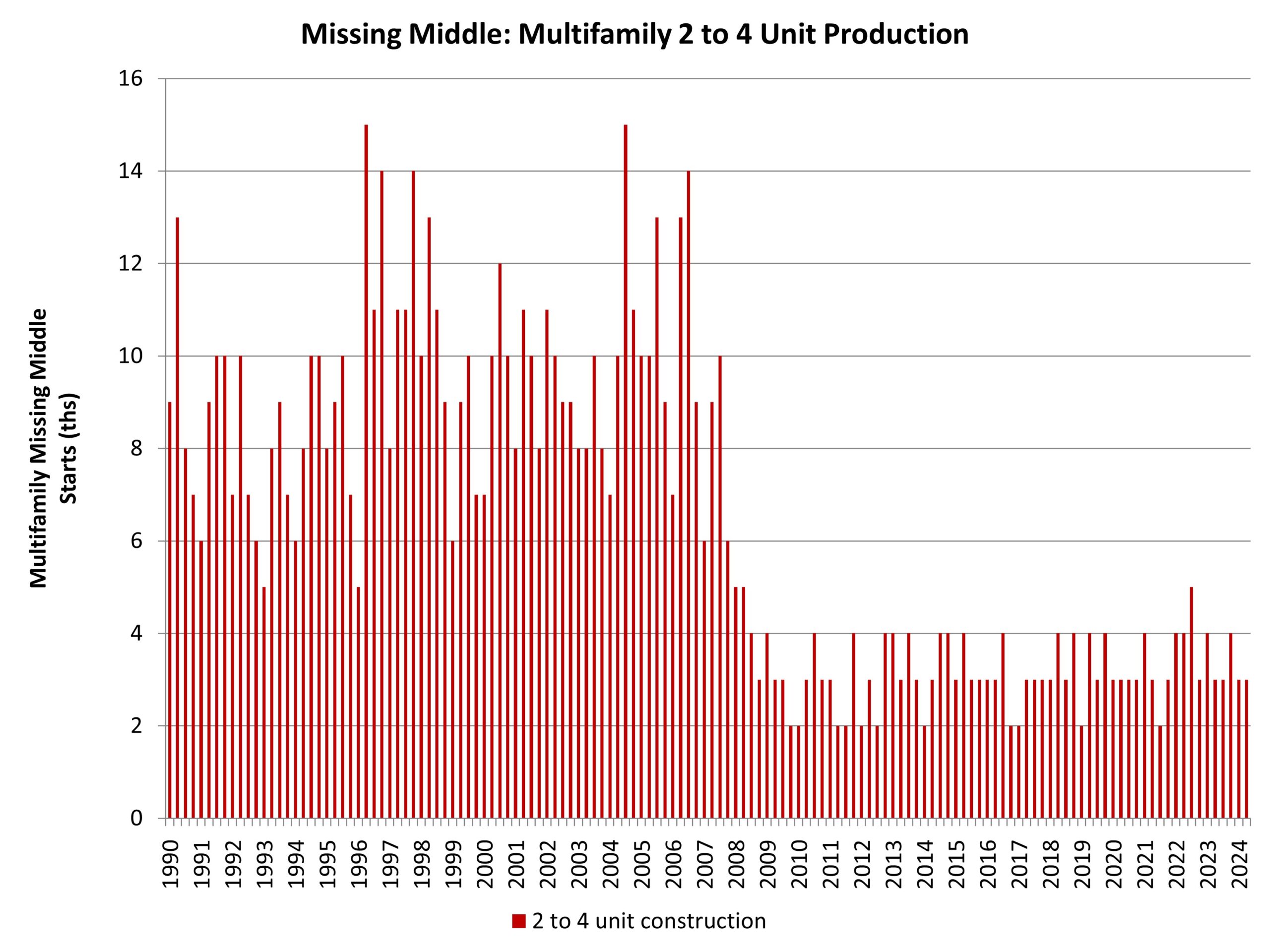Most investors spend hours analyzing deals, crunching numbers, and calculating returns before they ever close on a property. But ask them how much time they’ve spent refining their tenant screening process—and you’ll usually get silence.
And that’s a problem. Because a great deal can turn into a disaster if you put the wrong person inside the property.
Whether you’re a landlord managing a single rental or a property manager overseeing 50 doors, the tenant you choose has a direct impact on your bottom line. Nonpayment, property damage, lawsuits, city fines—it all starts with who you rent to.
This post is all about helping you avoid those nightmare scenarios by getting serious about tenant screening, lease agreements, and smart protections like insurance. We’ll break it down step by step so you’re not just guessing. Because if you’re going to spend all that time finding the right deal, you should spend just as much time protecting it.
Investors will spend weeks—even months—analyzing deals, calculating cap rates, and hunting for the perfect property. But then, when it’s time to hand over the keys, they rush to get anyone in the door without asking the right questions.
That’s like spending months rehabbing a flip to perfection but then leaving the front door wide open. Just because the property looks great doesn’t mean the person walking through it won’t wreck everything you built. Your property might be a gold mine, but the wrong tenant can turn it into a financial sinkhole—fast.
One of the biggest mistakes I see landlords and property managers make—especially early on—is rushing to fill a vacancy without properly vetting the tenant. And trust me, I get it. Every day a unit sits empty, you’re losing money. But filling your property with the wrong person can cost you way more than a few weeks of vacancy.
Let’s break down the three biggest risks of poorly vetted tenants so you can understand just how much damage one bad decision can cause.
1. Late Rent and Evictions
This one’s obvious, but it’s also the most common.
When you skip the tenant screening process, you risk renting to someone with a history of late payments, bounced checks, or even evictions.
And once that person is in your unit? Good luck getting them out quickly. Evictions can drag on for months. You could be out thousands in unpaid rent, legal fees, court costs, and lost time.
And the craziest part is that even if you win in court, actually collecting from someone who already couldn’t pay rent is an entirely different battle.
2. Property Damage
The second big risk? Property damage. And not just the “oops, I spilled wine on the carpet” type of damage. I’m talking about serious neglect, misuse, or even malicious destruction of your property.
Tenants who don’t care about maintaining the property often:
- Ignore small issues that become big problems
- Overload electrical circuits or tamper with HVAC systems
- Let pets destroy flooring or baseboards
- Leave behind heaps of junk or biohazards when they move out
In extreme cases, I’ve seen tenants punch holes in walls, rip out cabinets, or even remove appliances and sell them.
And the worst part is that your standard security deposit usually doesn’t come close to covering the full cost of those repairs.
3. Liability Risks
The third risk most landlords overlook? Liability.
If your tenant (or one of their guests) gets injured on the property and decides to sue, you could be held responsible—especially if they argue you were negligent in addressing hazards or maintaining a safe environment.
But what if a tenant slips and falls down broken stairs, trips on a loose tile, or gets injured by faulty wiring they themselves tampered with? These scenarios are more common than you might think—and they open the door to negligence claims.
Poorly vetted tenants might:
- Ignore obvious safety hazards and then claim injury
- Cause damage that creates unsafe conditions for themselves or others
- Fail to report issues in a timely manner, increasing the risk of accidents
And if someone gets hurt? You could be the one getting that legal notice—even if you didn’t cause the problem.
When it comes to liability, ignorance isn’t a shield. Courts often side with the injured party, especially if they claim the landlord failed to maintain a safe living environment.
So, if you take nothing else from this section, let it be this: A bad tenant isn’t just a headache—they’re a financial time bomb. Vetting your tenants isn’t optional—it’s a fundamental part of protecting your investment.
Proper Screening Protects Landlords
So we covered what happens when you let the wrong person into your property—now let’s talk about what to do before that happens so you can actually protect yourself.
And here’s what it really comes down to: Screening your tenants isn’t just paperwork—it’s your first and best line of defense.
A solid screening process doesn’t guarantee you’ll never have a problem tenant, but it dramatically increases the odds that you’ll get responsible, stable renters who respect your property and pay on time.
Let’s break down the four pillars of a smart tenant screening process:
1. Background and credit checks
First up: Run a full background and credit check. You want to know who this person is before they move in. Check for:
- Criminal history
- Past evictions
- Collections, bankruptcies, or charge-offs
- Credit score trends (not just the number, but the story it tells)
Someone with a 680 credit score who’s consistently paid off their debts is very different from someone who went from 750 to 600 because they defaulted on everything in the last six months.
And if you see prior evictions? That’s a giant red flag, especially if it’s recent.
A tenant’s history tells you what kind of future they’re likely to have—especially under your roof.
2. Rental history and verification
The next step is verifying their rental history. Call their past landlords. Ask questions like:
- Did they pay rent on time?
- Were there any complaints?
- Did they follow the lease?
- Would you rent to them again?
You’d be surprised how much you can learn from just a few conversations.
And if a tenant refuses to provide landlord references? Or does it only give you the cell number of a “friend” who pretends to be their former landlord? Huge red flags.
Take the time to cross-check the info—look up property ownership records to make sure you’re talking to the actual landlord.
3. Employment and income verification
Even a model tenant on paper can fall behind if they don’t have the income to support the rent. So always verify:
- Their place of employment
- Length of time on the job
- Monthly income (ask for pay stubs or bank statements)
It’s common for landlords to require tenants to make a certain multiple of the rent. It could be 3x the rent, or it could be 1.5x the rent. This will probably vary, depending on your area. But, for example, if the rent is $2,000 a month and you want 3x, then the tenant should make at least $6,000 a month before taxes.
Also—and this is key—you want stable income. If someone just started a new job or they have sporadic gig work with no consistency, that should give you pause.
4. Lease agreements and clear expectations
Finally, put it all in writing. A strong lease isn’t just legal protection—it’s your playbook. Spell out things like:
- Maintenance responsibilities (who handles what)
- Guest and pet policies
- Rent due dates and late fees
- Required renters insurance
And don’t just hand them the lease and hope they read it. Walk them through it. Ask if they have questions. Confirm they understand what they’re agreeing to. Setting expectations early prevents misunderstandings later.
Tenant screening isn’t about being overly strict—it’s about being consistent. Your goal is to apply the same process to every applicant so you stay fair, compliant, and protected. Because the second you make an exception for someone who “seems nice” or “just needs a break,” that’s when things start to unravel, and you can find yourself in trouble—or worse, out of compliance with local housing laws and fair housing regulations.
Insurance Provides an Additional Safety Net
So we’ve talked about screening your tenants like a pro. But even if you do everything right—run background checks, verify income, call references—stuff can still go wrong.
That’s where insurance steps in. Think of insurance as your financial airbag.
You hope you never need it. But when something hits the fan—and in real estate, it eventually will—it can be the one thing that saves you from a full-on financial crash.
Let’s break down the four key types of insurance every landlord should seriously consider:
1. Landlord insurance
This is your foundational coverage. If you own rental property and you don’t have landlord insurance? You’re exposed.
Here’s what landlord policies typically cover:
- Damage to the physical structure from things like fire, storms, or vandalism
- Liability protection in case a tenant or guest is injured on the property
And here’s a big one: Landlord insurance is not the same as a standard homeowners policy.
Homeowners insurance is designed for owner-occupants. The moment you convert a property into a rental, the type of coverage you need changes, which is why landlord policies are so important.
2. Property Management Errors & Omissions (PME&O)
If you’re self-managing your rentals or even managing on behalf of others, PME&O coverage can be a game changer. This protects you if a tenant (or owner, if you’re managing third-party property) accuses you of mismanagement. That could include:
- Mishandling applications
- Discriminatory screening practices
- Failure to maintain the property
Basically, it covers any clerical or professional error that results in a lawsuit.
You might think, “Well, I’m careful—that won’t happen to me.” But in this business, even a perceived mistake can cost you. PME&O helps cover legal defense, settlements, or judgments.
3. Require renters insurance
Last but definitely not least, make renters insurance mandatory. This doesn’t cost you anything as the landlord, but it adds a critical layer of protection.
Renters insurance covers:
- The tenant’s personal property (in case of theft, fire, etc.)
- Temporary housing if the unit becomes uninhabitable
- Tenant liability if they damage your unit or a neighbor’s
But here’s where it helps you: If their dog bites someone? Their liability coverage kicks in first. If they flood your unit with a busted washing machine hose? Their policy may help with the cleanup.
Renters insurance is cheap—usually $10 to $20 a month. So requiring it isn’t a big ask, but it can save everyone a lot of money and headaches. You can’t predict every issue, but you can prepare for them.
The right insurance stack doesn’t just protect your property; it protects your business, time, and peace of mind.
4. Tenant Damage Protection
This one flies under the radar—but it’s a smart layer of protection.
A Tenant Protector Plan is a group policy you (the landlord) purchase, and it’s designed to step in when damage or liability stems from tenant negligence. Think of it as your backup when the renter causes a mess and either isn’t insured or doesn’t have enough coverage.
Here’s what a solid TPP can include:
- Tenant Liability Coverage – Covers damage caused by tenant negligence
- Property Coverage – Protects against things like sewer or drain backups, sump pump failures, and more
- Contents Coverage – Reimburses tenants for their personal property if they cause a loss that affects their unit or an adjoining one
- Skip Rent Coverage – Helps recover rent if the tenant bounces, passes away, gets deployed, or is evicted
It also works in excess of any renters insurance they already have, which is great because let’s face it, not all tenants keep that coverage in place consistently.
Bonus: TPP helps maintain a cleaner claims history for you, which can mean better insurance terms down the line.
And you know what that means: lower premiums, fewer headaches, and more predictability in your cash flow.
Need Help Making All This Easier?
If all of this feels overwhelming, tenant damage, compliance issues, lawsuits, insurance paperwork…you’re not alone.
That’s why I always recommend checking out National Real Estate Insurance Group (NREIG).
They’re not just an insurance company. They specialize in working with real estate investors. That means they actually get what you’re dealing with.
From customized landlord coverage to their Tenant Protector Plan® to liability protection for short-term rentals, they make it way easier to keep your portfolio protected.
And let’s be real—having a team in your corner who knows the ins and outs of protecting rental properties? That’s a game-changer.
So, if you’re tired of piecing together coverage or worrying about what happens when a tenant trashes your unit, check out NREIG.com and see what a tailored, investor-focused insurance partner can do for you.
You can’t predict every issue, but you can prepare for them.
The right insurance stack doesn’t just protect your property. It protects your business, your time, and your peace of mind.
Final Thoughts
If you’re going to invest in real estate, you need to treat it like a business. And no real business leaves itself wide open to liability, unnecessary risk, or financial leaks. That’s exactly what happens when you overlook tenant screening, skip strong lease agreements, or don’t carry the right insurance.
You wouldn’t skip the inspection on a six-figure property, right? So don’t skip the protection on a six-figure investment. Because it’s not just about filling a vacancy—it’s about protecting your cash flow, your property, and your peace of mind.
So, just to recap:
- Bad tenants aren’t just annoying—they can cost you thousands.
- A solid screening process filters out most of those problems before they ever show up.
- A clear lease protects everyone and sets the tone from day one.
- And insurance? That’s your financial backup plan when things don’t go as planned.
You might not be able to eliminate risk entirely, but you can absolutely control how much exposure you’re willing to take on. And that difference? That’s what separates casual landlords from serious operators.
So slow down. Build your systems. And protect what you’re working so hard to build.



